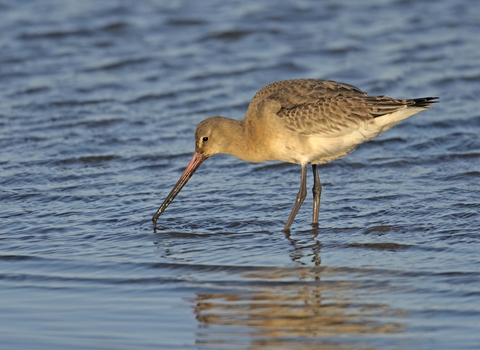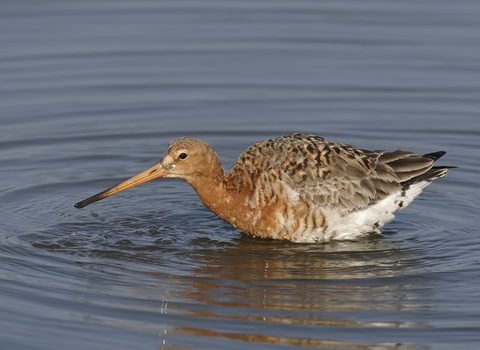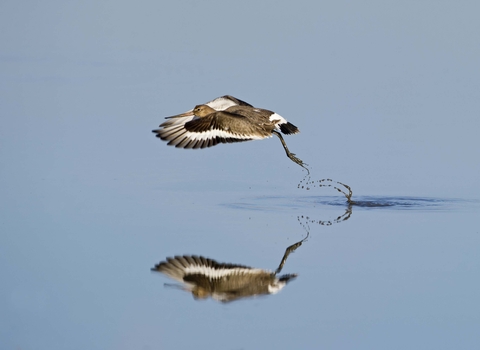
©Chris Gomersall/2020VISION

©Richard Steel/2020VISION

©David Tipling/2020VISION
Black-tailed godwit
The black-tailed godwit is a rare breeding bird in the UK that has suffered from dramatic declines. It can most easily be spotted around the coast in winter and at inland wetlands when on migration.
Scientific name
Limosa limosaWhen to see
January to DecemberSpecies information
Category
Statistics
Length: 36-44cmWingspan: 76cm
Weight: 280-340g
Average lifespan: 18 years
Classified in the UK as Red under the Birds of Conservation Concern 5: the Red List for Birds (2021). Protected in the UK under the Wildlife and Countryside Act, 1981. Priority Species under the UK Post-2010 Biodiversity Framework. Listed as Near Threatened on the global IUCN Red List of Threatened Species.
